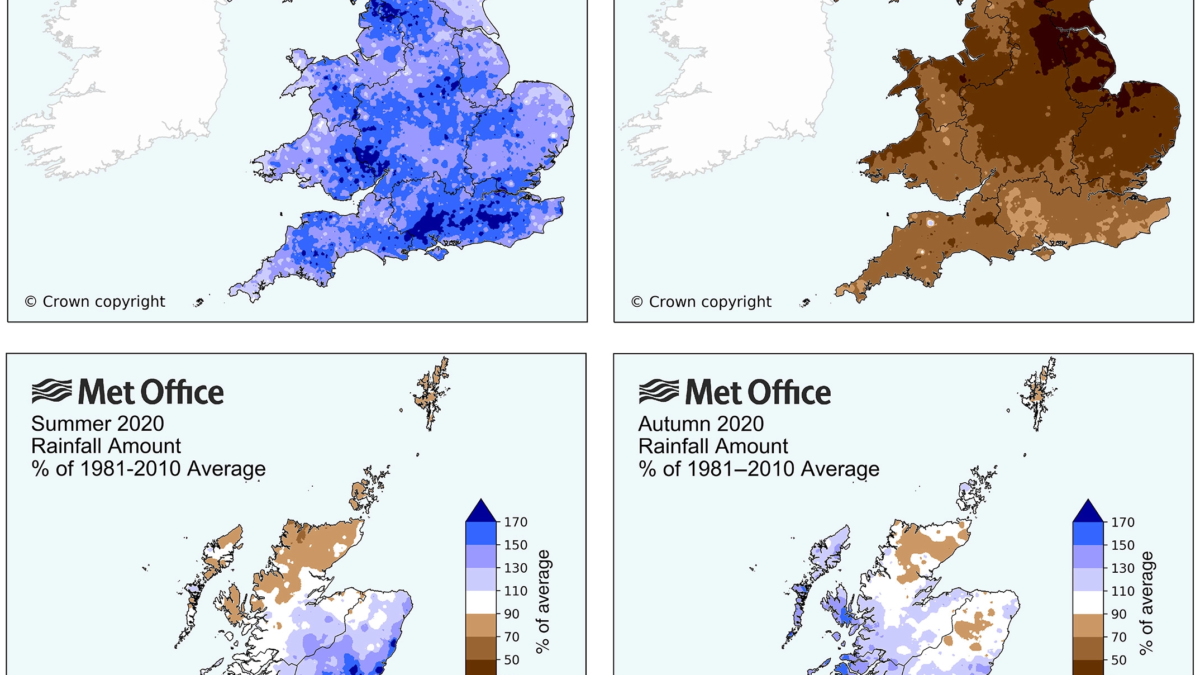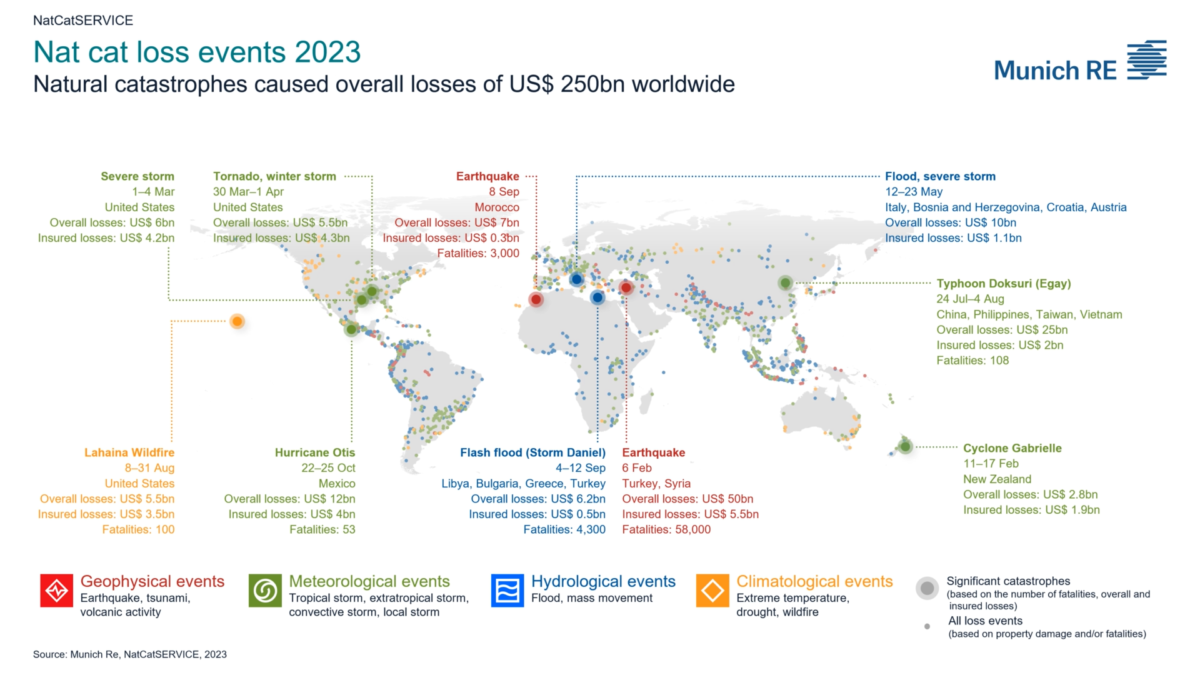Antarctica’s “doomsday” glacier: how its collapse could trigger global floods and swallow islands – “If Thwaites were to collapse, it would drag most of West Antarctica’s ice with it”

By Ella Gilbert
22 December 2021
(The Conversation) – The massive Thwaites glacier in West Antarctica contains enough ice to raise global sea levels by 65 centimeters if it were to completely collapse. And, worryingly, recent research suggests that its long-term stability is doubtful as the glacier haemorrhages more and more ice.
Adding 65 centimeters to global sea levels would be coastline-changing amounts. For context, there’s been around 20 centimeters of sea-level rise since 1900, an amount that is already forcing coastal communities out of their homes and exacerbating environmental problems such as flooding, saltwater contamination and habitat loss.
But the worry is that Thwaites, sometimes called the “doomsday glacier” because of its keystone role in the region, might not be the only glacier to go. Were it to empty into the ocean, it could trigger a regional chain reaction and drag other nearby glaciers in with it, which would mean several metres of sea-level rise. That’s because the glaciers in West Antarctica are thought to be vulnerable to a mechanism called Marine Ice Cliff Instability or MICI, where retreating ice exposes increasingly tall, unstable ice cliffs that collapse into the ocean.
Thwaites is the widest glacier in the world. It’s doubled its outflow speed within the last 30 years, and the glacier in its entirety holds enough water to raise sea level by over two feet. And it could lead to even more sea-level rise, up to ten feet, if it draws the surrounding glaciers with it. If Thwaites were to collapse, it would drag most of West Antarctica’s ice with it.
Ted Scambos, senior research scientist at the Cooperative Institute for Research in Environmental Sciences (CIRES)
A sea level rise of several metres would inundate many of the world’s major cities – including Shanghai, New York, Miami, Tokyo, and Mumbai. It would also cover huge swathes of land in coastal regions and largely swallow up low-lying island nations like Kiribati, Tuvalu, and the Maldives.
Thwaites is a frozen river of ice approximately the size of Great Britain. It already contributes around 4% of the global sea-level rise. Since 2000, the glacier has had a net loss of more than 1000 billion tons of ice and this has increased steadily over the last three decades. The speed of its flow has doubled in 30 years, meaning twice as much ice is being spewed into the ocean as in the 1990s.
Thwaites glacier, the widest in the world at 80 miles wide, is held back by a floating platform of ice called an ice shelf, which restrains the glacier and makes it flow less quickly. But scientists have just confirmed that this ice shelf is becoming rapidly destabilised. The eastern ice shelf now has cracks criss-crossing its surface, and could collapse within ten years, according to Erin Pettit, a glaciologist at Oregon State University. […]
If Thwaites’ ice shelf did collapse, it would spell the beginning of the end for the glacier. Without its ice shelf, Thwaites glacier would discharge all its ice into the ocean over the following decades to centuries. [more]
Antarctica’s ‘doomsday’ glacier: how its collapse could trigger global floods and swallow islands
The Threat from Thwaites: The Retreat of Antarctica’s Riskiest Glacier – Ice sheet’s demise poses the biggest threat for sea-level rise this century
13 December 2021 (CIRES) – Antarctica’s Thwaites Glacier is retreating rapidly as a warming ocean slowly erases its ice from below, leading to faster flow, more fracturing, and a threat of collapse, according to an international team of scientists. The glacier is the size of Florida or Britain and currently contributes four percent of annual global sea level rise. If it does collapse, global sea levels would rise by several feet—putting millions of people living in coastal cities in danger zones for extreme flooding.
“Thwaites is the widest glacier in the world,” said Ted Scambos, a senior research scientist at the Cooperative Institute for Research in Environmental Sciences (CIRES). “It’s doubled its outflow speed within the last 30 years, and the glacier in its entirety holds enough water to raise sea level by over two feet. And it could lead to even more sea-level rise, up to 10 feet, if it draws the surrounding glaciers with it.”
Scambos is the U.S. lead coordinator for the International Thwaites Glacier Collaboration (ITGC): a team of nearly 100 scientists funded by the U.S. National Science Foundation and U.K. Natural Environment Research Council dedicated to studying the vulnerable glacier. The five-year collaboration is aimed at collecting instrument data throughout the glacier and the adjacent ocean, and modeling ice flow and the future of the ice sheet. Their work has revealed major changes in the ice, the surrounding water, and the area where it floats off the bedrock below.
Thwaites sits in West Antarctica, flowing across a 120km stretch of frozen coastline. A third of the glacier, along its eastern side, flows more slowly than the rest—it’s braced by a floating ice shelf, a floating extension of the glacier that is held in place by an underwater mountain. The ice shelf acts like a brace that prevents faster flow of the upstream ice. But the brace of ice slowing Thwaites won’t last for long, said Erin Petitt, an associate professor at Oregon State University.
Beneath the surface, warmer ocean water circulating beneath the floating eastern side is attacking this glacier from all angles, her team has found. This water is melting the ice directly from beneath, and as it does so, the glacier loses its grip on the underwater mountain. Massive factures have formed and are growing as well, accelerating its demise, said Pettit. This floating extension of the Thwaites Glacier will likely survive only a few more years. […]
“If Thwaites were to collapse, it would drag most of West Antarctica’s ice with it,” said Scambos. “So it’s critical to get a clearer picture of how the glacier will behave over the next 100 years.” ITCG research, including future sea-level projections, will be vital for policy makers in their efforts to mitigate and adapt to the impacts of global sea level rise, the team said. [more]
The Threat from Thwaites: The Retreat of Antarctica’s Riskiest Glacier


